84 Views
by
Pete Brissette
(IC: )
Published: February 10th, 2011
Share
If you rarely rev your engine past 9000 rpm, the ballsy BMW motor serves up the most robust power supply and has a clear advantage over the Shiver’s low-stressed V-Twin. The FZ8’s mill could be a winner if not for its flat spot below 6000 rpm. Triumph’s 675cc Triple trails the others until its romp for first place as its spins to its relatively high rev limit.
The torque monster of this group is clearly the 798cc BMW parallel-Twin, easily towering over the others despite a raggedy line. Despite the Street Triple’s peak at 10,400 rpm, its torque output is extremely linear for an engine of this nature and never feels too peaky. The FZ8’s flat spot is clearly seen here.
Pete Brissette
More by Pete Brissette
Published February 10th, 2011 5:00 AM
Motorcycle Insurance



















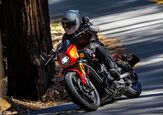
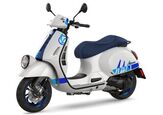
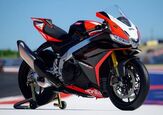
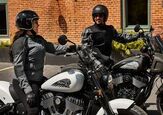
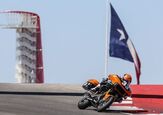
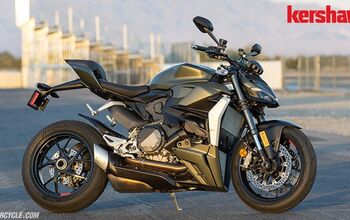

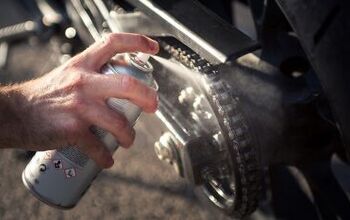
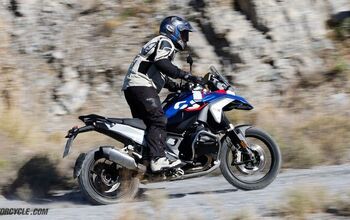
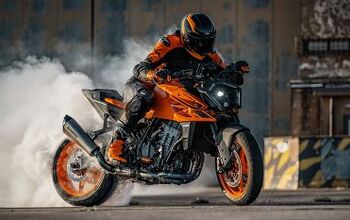
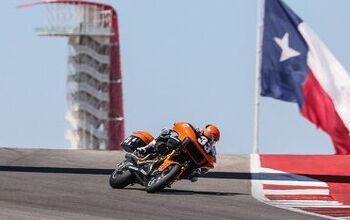
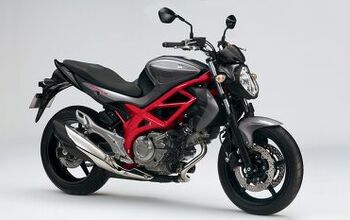
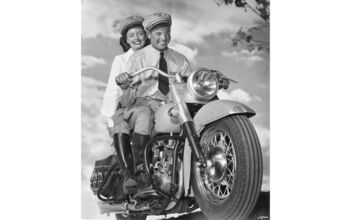


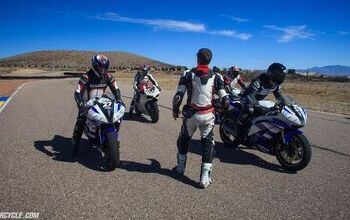
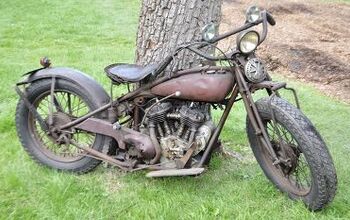
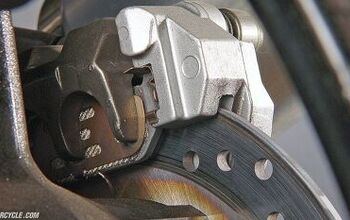
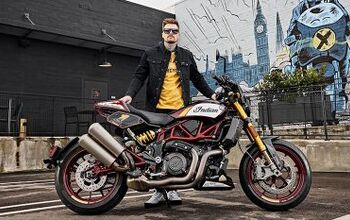
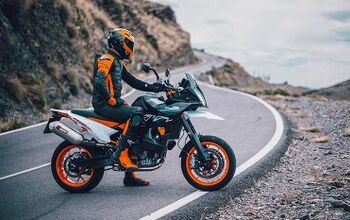

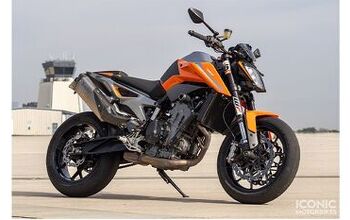
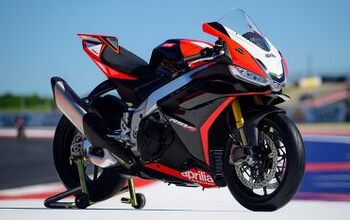
Comments
Join the conversation